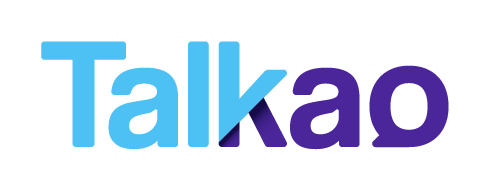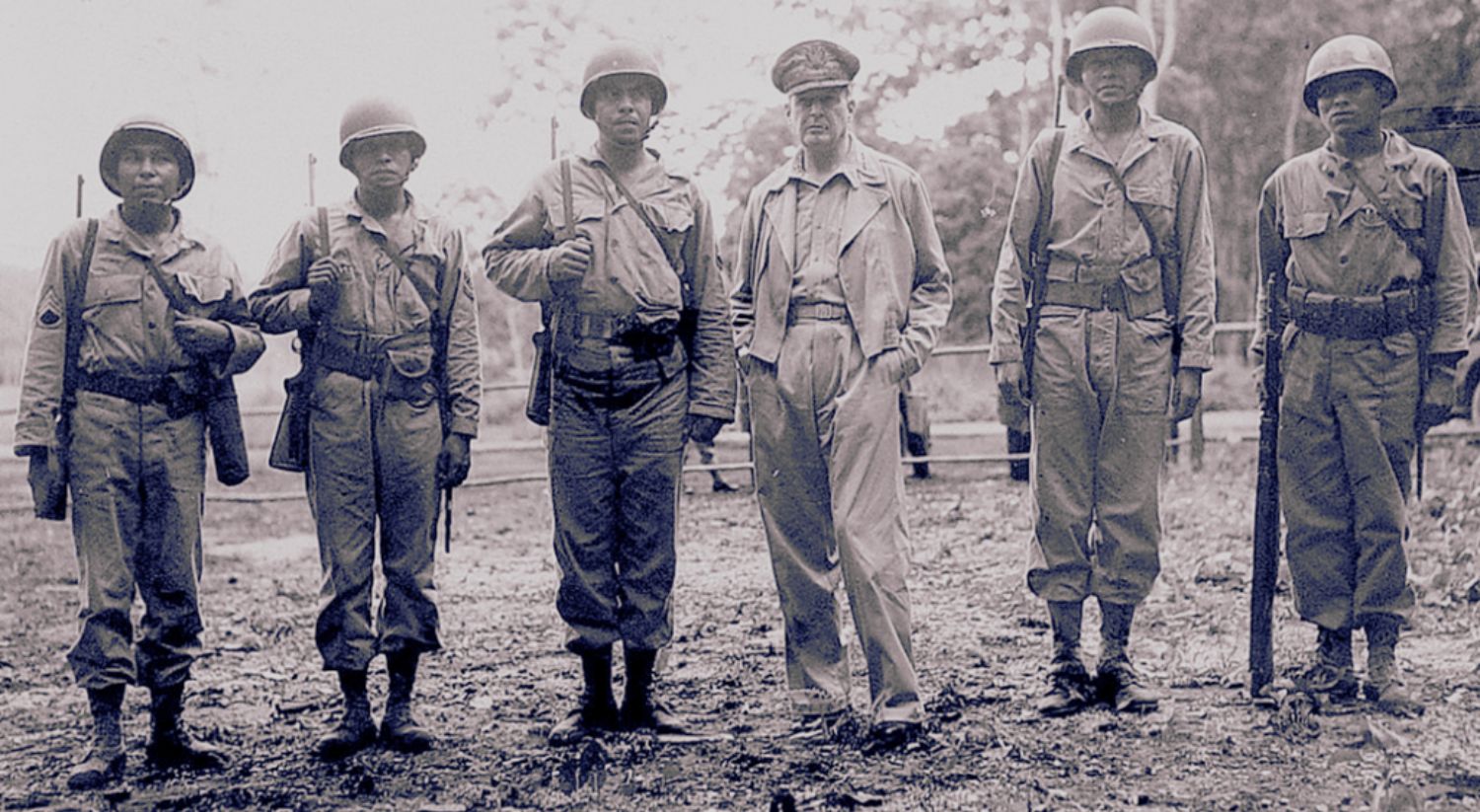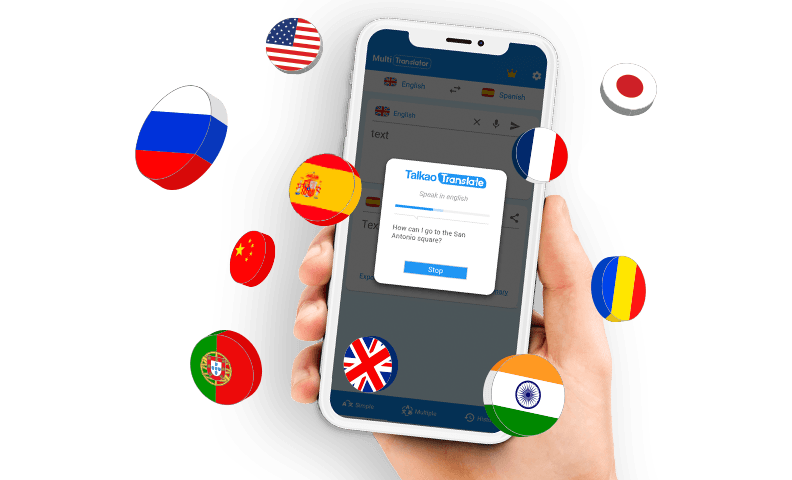
Vietnamese is perhaps one of the most fascinating languages in Southeast Asia. Vietnam has heroically resisted conquest attempts by numerous empires throughout its history. Over the centuries, the resilient and spirited Vietnamese people have fought to preserve their culture and identity. In this long journey of colonization and liberation, the Vietnamese language has been more than just a means of communication — it has become a symbol of national identity, safeguarded through generations.
Today, we’ll take a closer look at Vietnamese as a language that has stood the test of time. Naturally, Vietnam’s rich and complex history has deeply influenced the evolution of its language. Throughout time, Vietnamese has absorbed elements from other languages such as Chinese, Japanese, Filipino, Portuguese, French, and English, creating a unique and captivating linguistic blend.
This article offers a compelling overview of the origins, influences, and linguistic curiosities of modern Vietnamese. We’ll cover the fundamentals of the language, while exploring its past, present, and future — all from a beginner-friendly perspective.
But before diving deeper… let’s start at the very beginning.
Origins of Vietnamese: A language with many layers
Understanding a language goes far beyond simply learning its sounds and grammar. It means diving into the linguistic traditions and historical roots of the language used by a people to communicate. In this sense, Vietnamese is a language that reflects centuries of historical evolution.
It is also a language shaped by both strong external influences and a deeply rooted national identity. To fully appreciate the richness of Vietnamese, it’s essential to understand its historical development, marked by a complex blend of internal and external elements. Let’s explore the most significant ones.
The influence of classical Chinese on Vietnamese
There’s no doubt that Classical Chinese has had a major influence on Vietnamese. For over a thousand years, Vietnam was under Chinese rule, which left a profound linguistic impact. During this time, Classical Chinese was used as the official language for administration, literature, and formal writing across the region.
A large part of the modern Vietnamese vocabulary is of Sino-Vietnamese origin, meaning it derives from Chinese but has been phonologically adapted to suit the Vietnamese sound system.
Until the 20th century, formal and religious texts were written in chữ Hán, that is, Chinese characters. Additionally, chữ Nôm — a writing system developed by the Vietnamese themselves — was used to represent native Vietnamese words through modified Chinese characters.
The birth of the Latin alphabet: Quốc Ngữ
One of the most transformative changes in Vietnamese linguistic history was the creation of quốc ngữ, the current writing system based on the Latin alphabet. This system was developed in the 17th century by Portuguese missionaries and Jesuits.
Among them, Father Alexandre de Rhodes played a crucial role in its development. His main goal was to simplify the process of evangelizing the Vietnamese people by providing a more accessible writing system.
Over time, quốc ngữ fully replaced the traditional Chinese-based systems, gradually becoming the official way to write Vietnamese. Its widespread use was further reinforced during French colonization and later officially adopted by the modern Vietnamese government.

Vietnamese as a language of national identity
Although it’s commonly known as “Vietnamese,” the official name of the language is Tiếng Việt. It is the official language of the Socialist Republic of Vietnam and is spoken by more than 90 million people. Vietnam is one of the most populous countries in Southeast Asia, but the language also has a strong presence worldwide. The Vietnamese diaspora has led to large communities of Vietnamese speakers in countries like the United States, France, Australia, and Canada.
Vietnamese belongs to the Mon-Khmer group within the Austroasiatic language family. This linguistic classification places it in a different category from many of its regional neighbors. For example, languages such as Thai or Burmese belong to entirely different language families. But what exactly makes Vietnamese so unique?
Linguistic features of the Vietnamese language
Like all languages, Vietnamese has evolved over time through a variety of social, cultural, and historical influences. From its early origins to the modern language spoken today, several factors have shaped its structure and usage. Let’s explore the most notable ones.
A tonal language
One of the first things you’ll notice when learning Vietnamese is that it is a tonal language. This means that the meaning of a word changes depending on the tone used. Vietnamese has six tones in most dialects, which requires a keen ear and focused listening practice to distinguish and pronounce them correctly. For example:
- ma (ghost)
- má (mother)
- mả (grave)
- mã (horse)
- mạ (rice seedling)
- mà (but)
As you can see, the same sequence of letters can have entirely different meanings depending on the tone. This makes audio comprehension and pronunciation accuracy essential, especially for beginners. Even a slight tonal change can result in a completely different word — one of the greatest challenges for Vietnamese learners.
A unique grammatical structure
Another key feature of Vietnamese is that it is an isolating language. But what does that mean? In simple terms, it does not use verb conjugations or inflections. Instead, grammar relies heavily on word order and the use of particles to indicate tense, mood, or aspect. Here are some basic examples:
- Tôi ăn = I eat
- Tôi đã ăn = I ate
- Tôi sẽ ăn = I will eat
This structure makes Vietnamese grammar relatively simple, especially for learners coming from languages with more complex grammatical systems — such as Spanish.
Linguistic curiosities of the Vietnamese language
As we’ve seen, the Vietnamese language is far more than just a tool for communication. It’s also a powerful reflection of the country’s complex historical journey. Vietnam’s history has been shaped by resistance, adaptation, and deep cultural influences. Through its writing system, tonal structure, and rich vocabulary, Vietnamese offers a unique lens through which to view the world.
Here are some of the most fascinating linguistic curiosities of the Vietnamese language:
Frequent use of social pronouns
In Vietnamese, how you address someone depends on their age, gender, and relationship to you. Instead of using neutral pronouns like “you” or formal forms such as “sir” or “ma’am,” Vietnamese uses specific pronouns that reflect social hierarchy and respect. For example:
- Anh – older brother (used for addressing older men)
- Chị – older sister (used for addressing older women)
- Em – younger person (regardless of gender)
- Bác – older person (aunt/uncle or senior)
- Cô – woman or female teacher (also “aunt”)
These social pronouns reflect a deeply rooted aspect of Vietnamese culture, where respect, age, and status play a crucial role in communication—much like in other East and Southeast Asian societies.
French-origin words in Vietnamese
France played a significant role in Vietnam’s modern history, particularly during the colonial period. As a result, French has left a notable mark on Vietnamese vocabulary, especially in areas like technology, food, and modern life. While these borrowed terms have been phonetically adapted to Vietnamese, their French roots are still traceable. For instance:
- ga (train station) – from French gare
- bơ (butter) – from beurre
- xà bông (soap) – from savon
That said, these loanwords have been so thoroughly integrated and transformed phonetically that they may no longer resemble their original French forms. This makes them part of the Vietnamese identity, rather than direct borrowings in daily use.
Regional dialects in Vietnamese
Vietnamese is generally divided into three main dialects, each with its own phonological nuances and cultural traits:
- Northern dialect (Hanoi): Considered the official standard in education and media.
- Central dialect (Hue): Known for its distinct phonological features and tonal complexity.
- Southern dialect (Ho Chi Minh City): Characterized by a more relaxed tonal system and broader vowel use.
While these dialects are mutually intelligible, the differences in pronunciation and word usage can be significant. Each dialect also carries unique cultural expressions and identity, making Vietnamese an even richer language to explore.

Why learn Vietnamese?
Mastering Vietnamese can open doors both personally and professionally. As a strategic language in Southeast Asia, it offers access to an emerging economy and a rich cultural heritage. Here’s why you should consider learning it:
- It’s more accessible than it seems – With no verb conjugations, you can progress faster than in many other languages.
- Its pronunciation offers a stimulating challenge – A great way to sharpen your listening and phonetic skills.
- It connects you with an ancient culture – From gastronomy to poetry, understanding the language provides deeper insight into Vietnamese life.
Today, Vietnam is no longer just a rural nation struggling with post-colonial identity. It has become an emerging economic power. Centuries of colonial influence have left a mark on its culture, but the Vietnamese language has acted as a social and cultural binder. As a result, it has evolved into a powerful symbol of national identity.
While it might seem complex or difficult, Vietnamese is actually quite approachable. And thanks to AI-powered translation technology, learning the language has never been easier. Let’s see how.
AI translation as your ally in learning Vietnamese
Technology has revolutionized language learning, particularly when it comes to less commonly encountered languages like Vietnamese. AI tools have significantly improved areas such as:
Accurate audio translation
With apps like Talkao Translate, you can explore the tonal system of Vietnamese with ease. For untrained ears, the subtle tonal distinctions can be difficult to grasp. However, real-time audio translation helps you not only distinguish the tones but also pronounce them correctly. It allows seamless conversations with native speakers—no barriers, no delays.
Advanced text translation
As we’ve noted, modern Vietnamese uses a Latin-based alphabet. But with text translation tools, you can translate any written content—regardless of the script, and even from text embedded in images. The Talkao camera translator lets you skip transcription entirely, which is a major advantage for learners.
Fast-track your Vietnamese learning with Talkao
Talkao’s AI-driven tools provide everything you need to accelerate your Vietnamese learning journey—easily, quickly, and without the need for expensive equipment or advanced technical skills. All you need is your mobile phone!
Ready to get started? Take a look at some essential Vietnamese phrases to build your confidence and vocabulary.
Common phrases in Vietnamese
| Greetings in Vietnamese | |
|---|---|
| Greeting | Phrase in Vietnamese |
| Hello sir | Chào ông (Used in a formal manner) |
| Hello Madam | Chào bà (Greeting to an older lady) |
| Hello (formal) | Xin chào (neutral) |
| Hello friend | Chào bạn (between friends) |
| Hello little | Chào em (Casual) |
| Farewells in Vietnamese | |
|---|---|
| Farewell | Translation |
| Good bye (formal) | Tạm biệt (formal for any situation) |
| Have a good day | Chúc một ngày tốt lành (Formal) |
| See you (casual) | Hẹn gặp lại (Friendly manner) |
| Bye (casual) | Bye bye (very casual) |
Days and numbers
| Numbers in Vietnamese | |
|---|---|
| Number | Vietnamese |
| 1 | Một |
| 2 | Hai |
| 3 | Ba |
| 4 | Bốn |
| 5 | Năm |
| 6 | Sáu |
| 7 | Bảy |
| 8 | Tám |
| 9 | Chín |
| 10 | Mười |
| Days of the week in Vietnamese | |
|---|---|
| Day | Translation |
| Monday | Thứ hai |
| Tuesday | Thứ ba |
| Wednesday | Thứ tư |
| Thursday | Thứ năm |
| Friday | Thứ sáu |
| Saturday | Thứ bảy |
| Sunday | Chủ nhật |
| Months | |
|---|---|
| Month | Vietnamese |
| January | Tháng một |
| February | Tháng hai |
| March | Tháng ba |
| April | Tháng tư |
| May | Tháng năm |
| June | Tháng sáu |
| July | Tháng bảy |
| August | Tháng tám |
| September | Tháng chín |
| October | Tháng mười |
| November | Tháng mười một |
| December | Tháng mười hai |










Newsletter